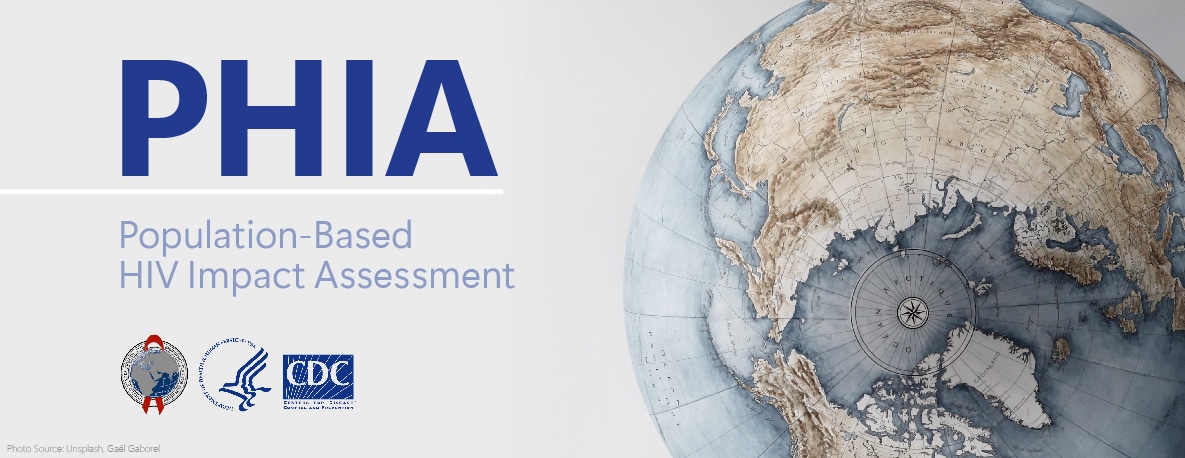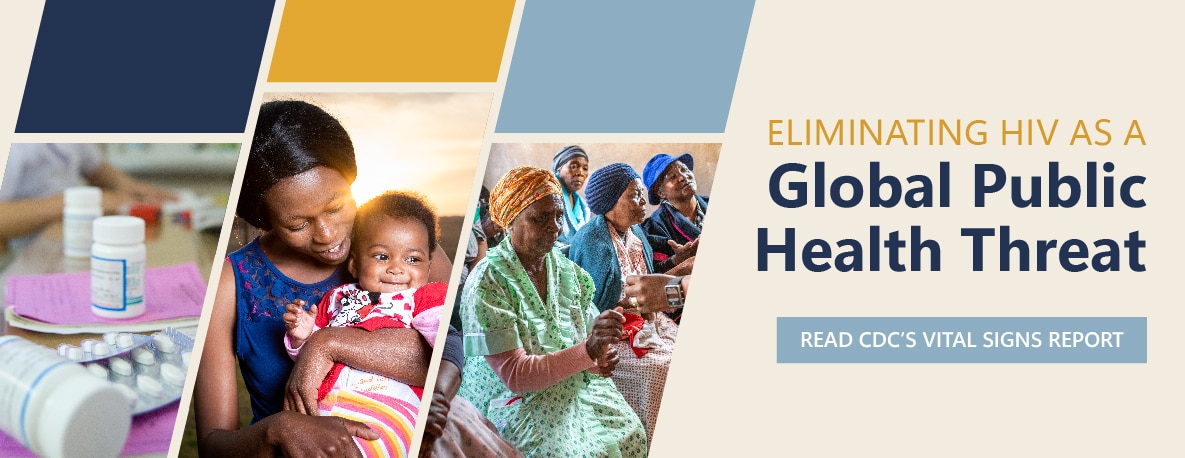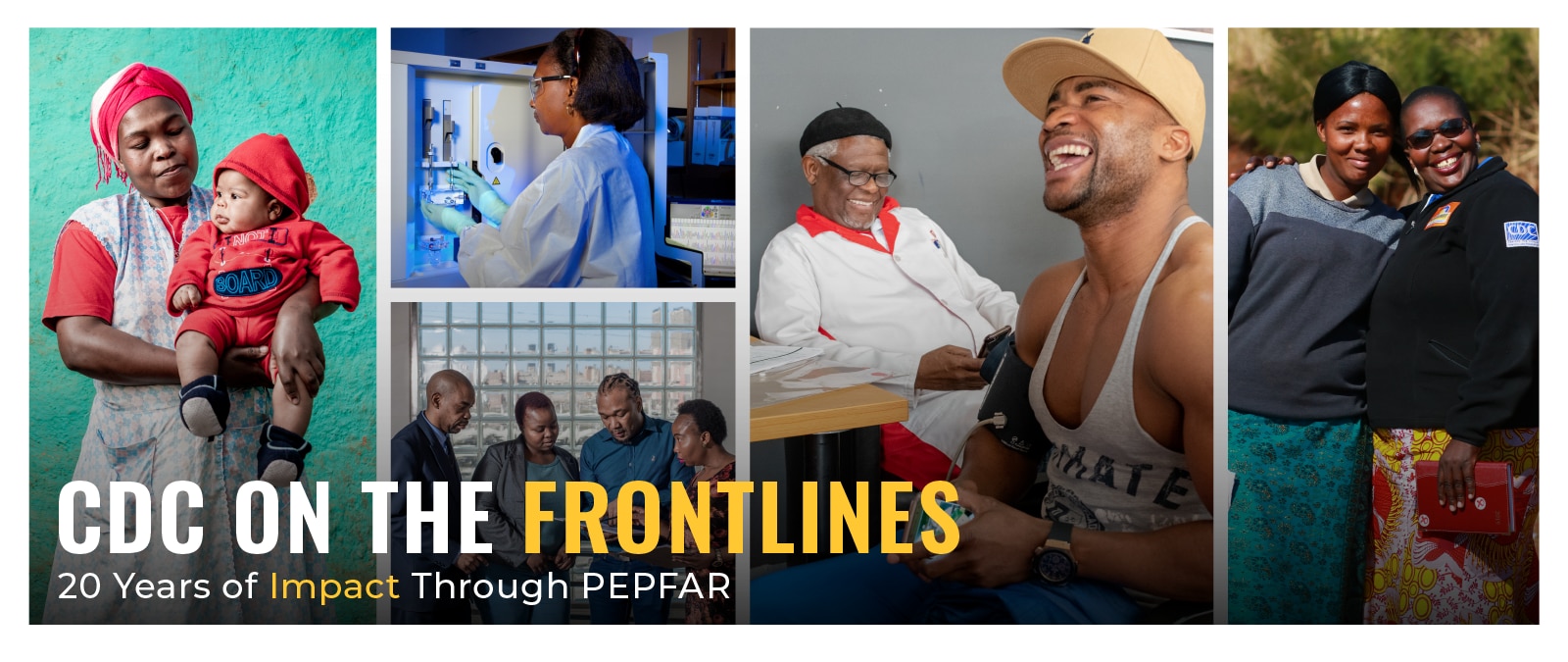India Country Profile

India Country Profile
Discover more about CDC’s work in India by viewing our detailed country profile
Country Overview
CDC established an office in India in 2001 to assist the National AIDS Control Organization in addressing India’s concentrated HIV epidemic affecting key populations such as commercial sex workers, men who have sex with men, and people who inject drugs. That partnership continues with CDC focusing on preventing new infections, increasing access to services for persons living with HIV and tuberculosis (TB), building a strong surveillance system, and strengthening the work of civil society organizations. CDC assists the Government of India in achieving HIV epidemic control by increasing detection, linkage, treatment and retention in high priority districts; supporting implementation of quality assurance measures for HIV testing in India’s national and state reference laboratories; and working to enhance HIV/TB coordination. CDC’s TB control efforts focus on finding, curing, and preventing TB, including extensive infection control efforts with the Government of India and other partners.
Per Capita GNI
$2,380
(2022)
Population (million)
1,417.1
(2022)
Under 5 Mortality
30.6/1,000 Live Births
(2021)
Life Expectancy
67.2 Years
(2021)
Estimated HIV Prevalence
0.2%
(Ages 15-49): (2022)
Estimated AIDS Deaths
37,000
(Age≥15) (2022)
TB Treatment Success Rate
85%
(2020)
Estimated TB Incidence
210/100,000
(2021)
Estimated Orphans Due to AIDS
N/A
(2022)
TB patients with known HIV-status who are HIV-positive
1.8%
(2021)
Reported Number Receiving Antiretroviral Therapy (ART)
1,605,381
(Age≥15) (2022)
Strategic Focus
The Centers for Disease Control and Prevention (CDC) established an office in India in 2001 to assist the National AIDS Control Organization (NACO) in addressing a concentrated HIV epidemic affecting key populations such as commercial sex workers, men who have sex with men, and people who inject drugs. Under the U.S. President’s Emergency Plan for AIDS Relief (PEPFAR), CDC focuses on preventing new infections, increasing access to services for persons living with HIV and tuberculosis (TB), building a strong surveillance system, and strengthening the work of civil society organizations. To reach these goals, CDC
• Assists the Government of India in achieving HIV epidemic control under the framework of the Joint United Nations Programme on HIV/AIDS (UNAIDS) 90-90-90 targets by increasing detection, linkage, treatment and retention in high priority districts
• Serves as a leading partner in national HIV surveillance efforts, which include using a single monitoring and evaluation system for effective, data-driven decision making
• Supports implementation of quality assurance measures for HIV testing in India’s national and state reference laboratories, including training India’s laboratory workforce and supporting its quality assurance efforts for blood safety and early infant diagnosis
• Works to enhance HIV-TB coordination; effectively diagnose and treat multidrug-resistant (MDR) TB, including collaboration with the National Institute of Research in Tuberculosis in Chennai to improve understanding of MDR TB; and reduce the importation of TB into the United States.
Key Activities and Accomplishments
Strengthening Laboratories: CDC collaborates with NACO in the quality assessment of all national and state HIV reference laboratories. With CDC assistance, 75 national and state reference laboratories have received International Organization for Standardization (ISO) accreditation.
National Surveillance Systems: CDC ensures the quality of HIV Annual Sentinel Surveillance in collaboration with NACO and other local partners; provides technical assistance for nationwide integrated biological and behavioral surveillance of key populations; and assists in rolling out a national Strategic Information Management System.
TB/HIV: CDC supports the National AIDS Control Programme (NACP) and the Revised National TB Control Programme (RNTCP) in rolling out single-window services through antiretroviral therapy (ART) centers to prevent and manage TB in people living with HIV. Its collaborative research is enhancing understanding of MDR TB strains circulating in India and improving the prevention, diagnosis, and treatment of MDR TB in Mumbai.
North East Program: CDC is implementing Project Sunrise to accelerate the HIV/AIDS response among people who inject drugs (PWID) to achieve HIV epidemic control in the high-burden states of the North East region, and improves access to care for Key Populations (KP) through co-location treatment models.
HIV Treatment: CDC works closely with NACO in the development of revised comprehensive technical and operational guidelines; improves the quality of care and retention at ART centers through staff training and mentoring; innovates differentiated service delivery models for national scale-up; strengthens the quality of recording and reporting data supporting clinical and programmatic decisions; supports Treat All through development of national procedures for initiating ART; and advocates for universal testing among pregnant women, partner testing, and improved program monitoring.
TB (non-PEPFAR): In partnership with RNTCP, CDC’s key TB activities include: providing culture and drug susceptibility testing for all rifampin-resistant cases in select districts; working with a public-private interface agency to improve MDR TB diagnosis and treatment in the private sector; support adherence counselling for improved treatment outcomes among MDR TB patients; establishing an airborne infection control units to prevent TB transmission in health care facilities; developing communities of practice and strengthening clinical capacity of local providers through Extensions for Community Health Outcomes (ECHOTM) tele-mentoring; facilitating Xpert® MTB/RIF proficiency testing and technology transfer; conducting next generation sequencing to study transmission amongst MDR TB patients and their contacts; building a strong laboratory network of quality assurance through the Laboratory Quality Improvement and Accreditation Mentoring Program; and using and linking surveillance and laboratory data to more effectively target populations and locations for enhanced TB response.

Tracking PEPFAR Impact Toward Global Targets
The U.S. Centers for Disease Control and Prevention (CDC) works with partners including host countries, local implementing partners, faith-based organizations, and other community-based organizations to measure progress towards HIV epidemic control in countries supported by the U.S. President’s Emergency Plan for AIDS Relief (PEPFAR).

Vital Signs: Global HIV Communications Toolkit
In 2003, the U.S. President’s Emergency Plan for AIDS Relief, or PEPFAR, was announced. When it was launched, PEPFAR became the largest commitment by any nation to address a single disease in history. At the time, HIV was a global crisis, devastating families, communities, and economies worldwide—particularly in sub-Saharan African countries.

CDC On the Frontlines
Over the past 20 years, the U.S. President’s Emergency Plan for AIDS Relief (PEPFAR) has saved millions of lives as a leader in the global response to two of the world’s deadliest infectious diseases – HIV and TB. As a key implementing agency of the U.S. President’s Emergency Plan for AIDS Relief (PEPFAR), CDC is at the forefront of these global efforts to treat and prevent these diseases.